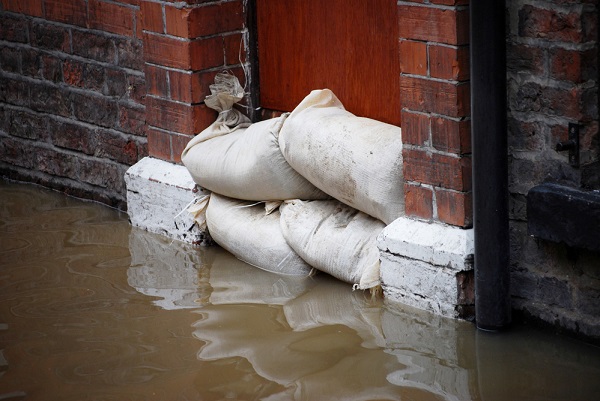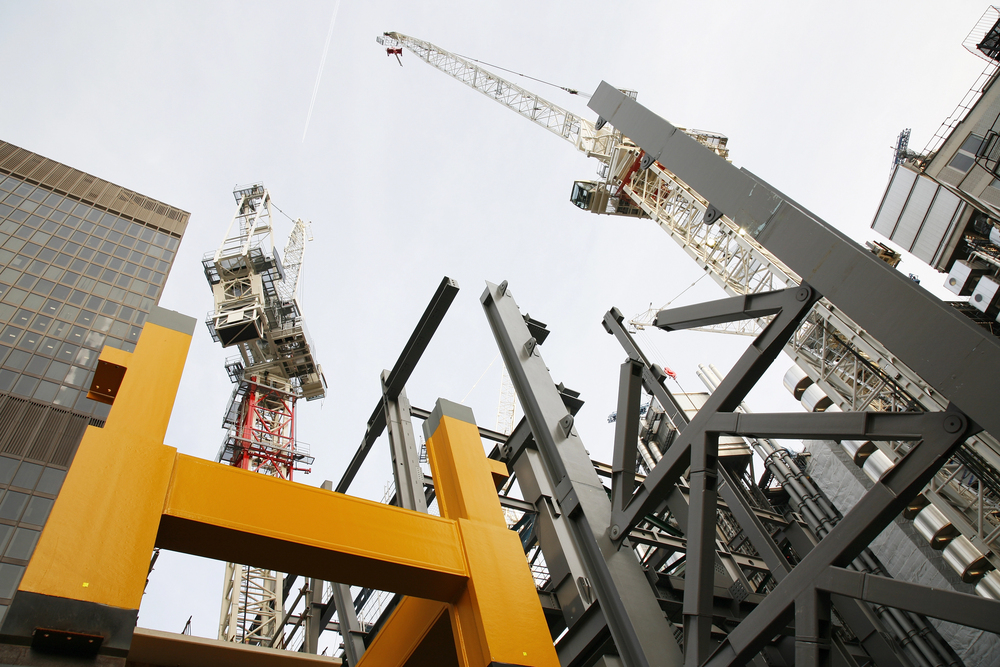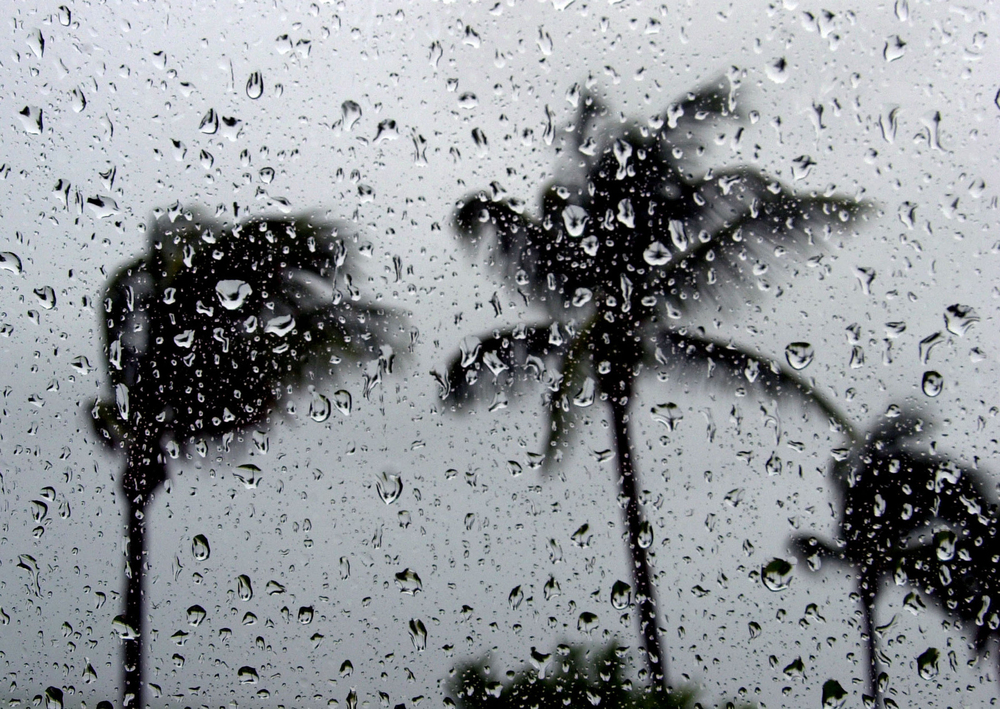Why Your Agency Should Care About Climate Change

By: Jordan Reabold
Behind home sharing and GMOs, climate change made the No. 10 spot on Verisk Analytics’ list of top risks consumers and businesses should prepare for this year.
After assessing environmental data and its future implications, Mark Leidner, staff scientist at Atmospheric and Environmental Research, advises insurance organizations: “Be prepared for bigger loss days than you were prepared for in the past.”
Leidner says hurricanes and severe weather—such as hail, tornadoes and, most often, thunderstorms—pose the biggest threats moving forward. “The envelope of possible weather seems to be widening,” he points out. “The highs are higher and the lows are lower. But from a risk mitigation point of view, you have to know the high end has gotten a little higher.”
The gap between economic loss and insured loss due to weather events is wide as well: According to Aon Benfield, roughly $10 billion of the $25 billion in U.S. economic losses went uninsured in 2015.
How are property-casualty insurers preparing for future storms to avoid larger payouts after the fact? “For the most part, they’re not,” says Albert Slap, environmental attorney and president of Coastal Risk Consulting. “The catastrophe modeling they use, on which they base their maximum probable loss and annual loss, is not forward-looking.”
Meghan Doherty, project manager at ND-GAINS Urban Adaptation Assessment, says leaders in the insurance industry have an obligation to increase awareness about climate change. “The industry is constantly calculating risk, so there’s a huge opportunity to take climate change into account and share information,” she says.
When it comes to communicating why weather-related risks should be on your clients’ radar, Doherty suggests applying the risk to their businesses: “When you trace the risk back to a company’s supply chain, it’s a huge incentive for them to be thinking about it and adapting to it.”
Like all risks, however, predictability remains uncertain. “There are pluses and minuses all over the globe,” Leidner says. “A certain risk in one region can be on the increase, but perhaps the risk of drought there has diminished. It’s a balancing act.”
Jordan Reabold is IA assistant editor.
April ShowersAt press time, the Midwest has taken the biggest hit so far this year, particularly in April. A hailstorm in San Antonio, Texas resulted in an estimated $800 million in damage to homes and $560 million in vehicle damage, according to the Insurance Council of Texas. Property Claims Services reports that in terms of catastrophe frequency and severity, the first quarter of 2016 was the worst first quarter in a decade. The 13 catastrophic events in the U.S. reached $38 billion in insured losses. —J.R. |










